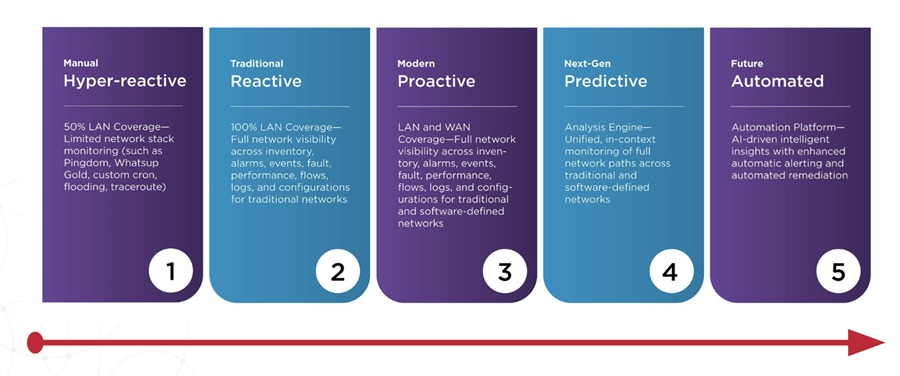Windows 8 represents the very latest in application development and deployment architecture from Microsoft, allowing today’s developers to showcase their applications on a new and modern platform.
For many, staying current with the latest technology is critical in addressing IT risk, and also business continuity issues. But what if you’re coding in an older language or have existing apps that you haven’t yet modernized? Don’t worry; innovative technologies make it simple and easy to move your existing applications to the Windows 8 architecture, without changing your application code.
Windows 8 also offers the IT group the possibility of moving to a simplified architecture. Whether you’re coding in COBOL, C#, or VB.NET, the Windows 8 platform is compatible with all of these enterprise development languages. Windows 8 is more than just the next operating system; it is the next platform step for application modernization.
Additionally, long-standing, more complex applications, such as those from banks, insurance carriers and travel agencies, will continue to operate, servicing their users, but now leveraging the very latest and modern technology platform. This provides both a current sense of stability, but also a future path for innovation.
Application performance is often seen as an advantage in moving to the latest operating environment. Many expect that new and existing application deployments can be executed faster and require fewer resources and management. This can be the case in some scenarios, but not across all application deployments.
Certain environments are more appropriate for enterprise application development – Windows 8 is a great example because it supports an industry leading Integrated Development Environment – Visual Studio. Visual Studio combined with Windows 8 increases application development agility and efficiency, giving programmers the ability to take advantage of productive feature sets, and also leverage more modern capabilities, like the Windows 8 tile and touch screen features — a popular addition to the platform. Essentially, Windows 8 delivers a new, efficient, and modern operating environment for enterprise class application development and deployment.
An interesting and further impact of the Windows 8 platform on the development world is its effect on development team behavior. The new platform, as its predecessors, will encourage software engineers to think about whether their applications area ready for the next-generation development and deployment platform. If, however, they aren’t, the popularity of the new platform will motivate them to prepare for that move. This will lead to application compatibility features and roadmaps being developed by architecture teams– and more Windows 8 ready applications will begin to surface in the Windows App store.
So there you have it. While Windows 8 won’t necessarily revolutionize application performance, it will undeniably change the development process and development team behavior. Not only will it challenge existing application architectures, but it will also enable these applications to adopt a more dynamic and user-friendly experience. Today’s application developers will have a whole new environment on which to deliver apps and a new challenge to solve when it comes to application compatibility and modernization.
It will be interesting to watch the continued adoption of the Windows 8 platform, particularly within the corporate market, as organizations begins to prepare for this next wave of innovation.
ABOUT Ed Airey
Ed Airey is the product marketing director for the COBOL products at Micro Focus. Micro Focus is the leading provider of enterprise application modernization, testing, and management solutions. His latest project, Micro Focus Visual COBOL 2.1, makes it easy to move and modernize existing COBOL application for the Windows 8 platform.


